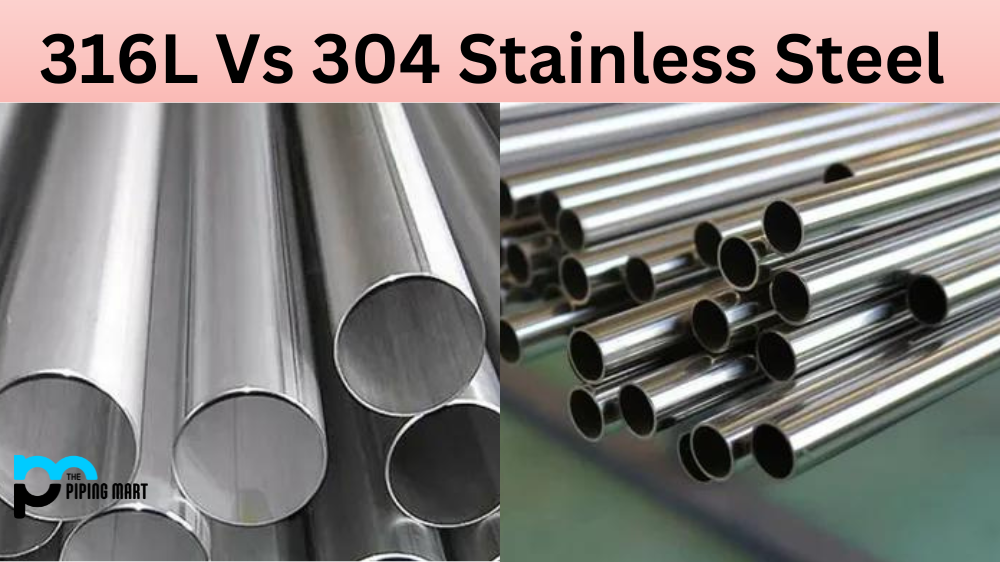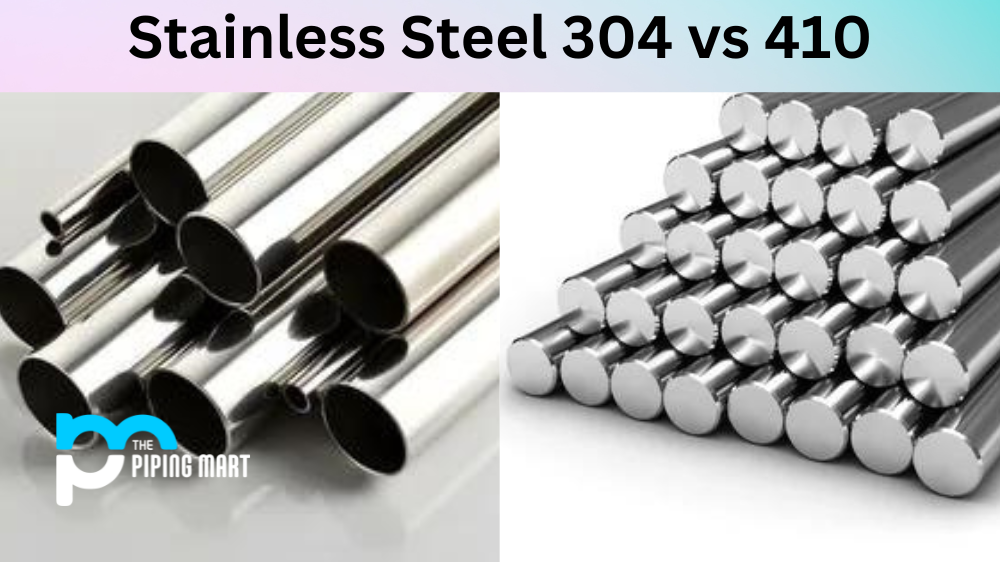If you’re looking for a corrosion-resistant material that can handle heavy loads, stainless steel is an excellent choice. It’s also a popular material for creating jewellery and other items. But not all stainless steel is created equal; there are different grades of the metal, each with its advantages and disadvantages. In this article, we’ll explore two common types of stainless steel—316L and 304L—and compare them to help you make the best decision for your needs.
Difference Between 316L and 304L Stainless Steel
316L stainless steel is an alloy with low carbon and higher nickel levels and chromium levels. This combination gives it superior corrosion resistance compared to other types of steel, making it ideal for applications in harsh environments such as marine or industrial settings. It also has superior strength compared to other stainless steel varieties, making it ideal for creating items such as jewellery or surgical instruments.
304L stainless steel is also an alloy with low carbon but higher levels of chromium than its counterpart, 316L. This makes it more vulnerable to corrosion than 316L, so it’s not ideal for applications where corrosion resistance is important. However, its increased chromium content means that it has greater strength than 316L, making it a good choice for projects that require extra durabilities, such as structural components or kitchenware products. Additionally, 304L stainless steel is more affordable than 316L due to its lower cost of production.
316L vs 304L Chemical Composition
The main Difference between 316L and 304L stainless steel is the composition. 316L contains molybdenum, which is an alloy that increases corrosion resistance. Additionally, 316L contains a higher percentage of chromium and nickel than 304L. This makes it more resistant to corrosion and oxidation.
316L vs 304L Strength
Another difference between 316L and 304L stainless steel is the tensile strength. The higher molybdenum content in 316L gives it a higher tensile strength than 304L. This means that it can withstand higher levels of stress before breaking.
316L vs 304L Cost
316L stainless steel is typically more expensive than 304L stainless steel. This is due to the higher molybdenum content, which adds to the cost of production. Additionally, 316L stainless steel is typically less available than 304L, as it is not as widely used in manufacturing applications.
Weldability
Weldability is another key difference between 316L and 304L stainless steel. Due to the higher molybdenum content in 316L, it is more difficult to weld than in 304L. This means that it is not as widely used in welding applications.
Corrosion Resistance
One of the most important differences between 316L and 304L stainless steel is corrosion resistance. The higher molybdenum content in 316L gives it superior corrosion resistance to304
Conclusion:
In conclusion, 316L and 304L stainless steels have unique properties and benefits, making them suitable choices depending on your specific needs. For projects requiring superior corrosion resistance, such as marine applications or medical instruments, 316L should be your go-to choice due to its increased nickel content and higher-grade chromium composition. On the other hand, if you’re looking for something with greater strength at a lower cost, then 304L may be the better option due to its increased levels of chromium without sacrificing too much in terms of corrosion resistance. Ultimately though, the decision comes down to what your application requires in terms of cost vs performance benefits, so make sure you evaluate all factors before deciding which type of stainless steel will work best for you!

A passionate metal industry expert and blogger. With over 5 years of experience in the field, Palak brings a wealth of knowledge and insight to her writing. Whether discussing the latest trends in the metal industry or sharing tips, she is dedicated to helping others succeed in the metal industry.




